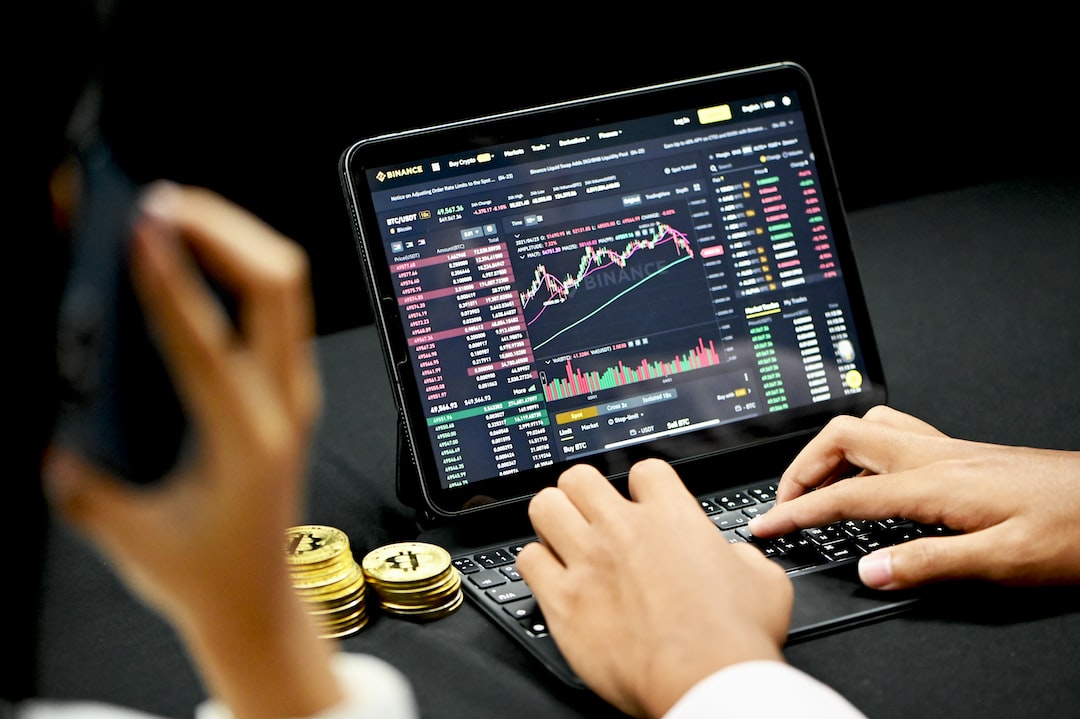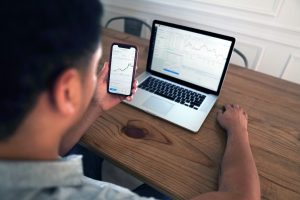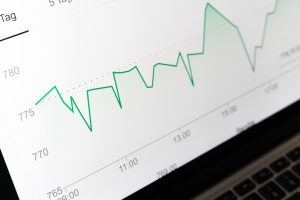Forex indicators are tools used by traders to analyze the financial markets and predict future price movements. These indicators are essential for every trader who wants to make informed trading decisions. However, knowing how to use forex indicators can be a daunting task, especially for beginners. In this article, we will take a closer look at how to use forex indicators to improve your trading results.
What are Forex Indicators?
Forex indicators are mathematical calculations that are based on the price and/or volume of a currency pair. They are used to analyze the market and identify potential trading opportunities. Forex indicators can be classified into two categories: lagging and leading indicators.
Lagging indicators are indicators that follow the price action. They are useful for confirming a trend or a reversal after it has already occurred. Examples of lagging indicators include moving averages, Bollinger Bands, and the Relative Strength Index (RSI).
Leading indicators, on the other hand, are indicators that predict future price movements. They are used to identify potential trading opportunities before they happen. Examples of leading indicators include the stochastic oscillator, the Commodity Channel Index (CCI), and the Ichimoku Kinko Hyo.
How to use Forex Indicators
To use forex indicators effectively, you need to understand their strengths and weaknesses. You also need to know how to interpret their signals and how to incorporate them into your trading strategy. Here are some tips on how to use forex indicators:
1. Understand the Indicator
Before you start using a forex indicator, you need to understand how it works. Read the documentation that comes with the indicator, or look for online tutorials and guides. Familiarize yourself with the indicator’s inputs, outputs, and settings. Understand what signals the indicator generates and how to interpret them.
2. Choose the Right Indicator
Not all forex indicators are suitable for every trading strategy. Choose an indicator that is compatible with your trading style and your trading goals. For example, if you are a day trader, you may prefer leading indicators that can help you identify short-term trading opportunities. If you are a swing trader, you may prefer lagging indicators that can confirm long-term trends.
3. Use Multiple Indicators
No single indicator can provide a complete picture of the market. By using multiple indicators, you can get a more comprehensive view of the market and increase your chances of making profitable trades. However, be careful not to overload your charts with too many indicators, as this can lead to analysis paralysis.
4. Backtest the Indicator
Before using a forex indicator in real-time, you should backtest it on historical data to see how it performs. Backtesting can help you identify the strengths and weaknesses of the indicator and fine-tune its settings. You can use backtesting software, such as MetaTrader’s Strategy Tester, to simulate trades and analyze the results.
5. Combine Indicators with Price Action
Forex indicators should not be used in isolation. They should be combined with price action analysis to confirm signals and identify potential trading opportunities. Price action analysis involves analyzing the price movement of a currency pair and identifying patterns, support and resistance levels, and other key levels.
6. Use Indicators as a Tool, Not a Strategy
Remember that forex indicators are just tools. They can help you analyze the market and identify potential trading opportunities, but they should not be the basis of your trading strategy. Your trading strategy should be based on a combination of technical analysis, fundamental analysis, risk management, and your personal trading goals.
Conclusion
Forex indicators are essential tools for every trader who wants to make informed trading decisions. By understanding how forex indicators work and how to use them effectively, you can improve your trading results and achieve your trading goals. Remember to choose the right indicator, use multiple indicators, backtest the indicator, combine indicators with price action, and use indicators as a tool, not a strategy. With practice and patience, you can become a successful forex trader.





